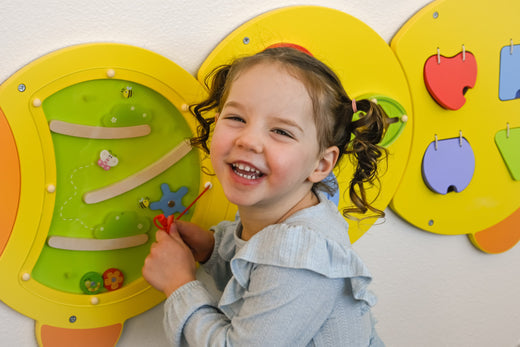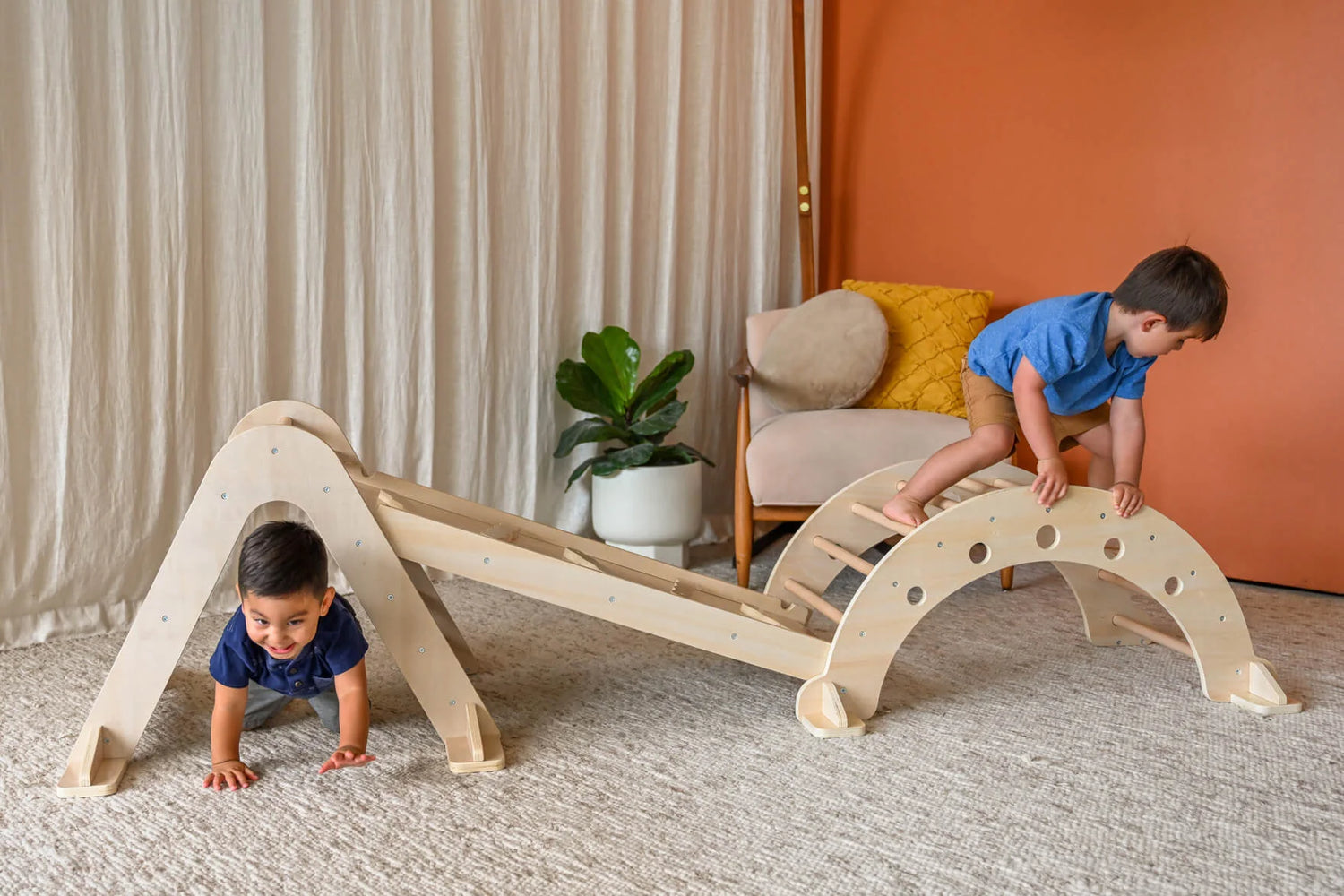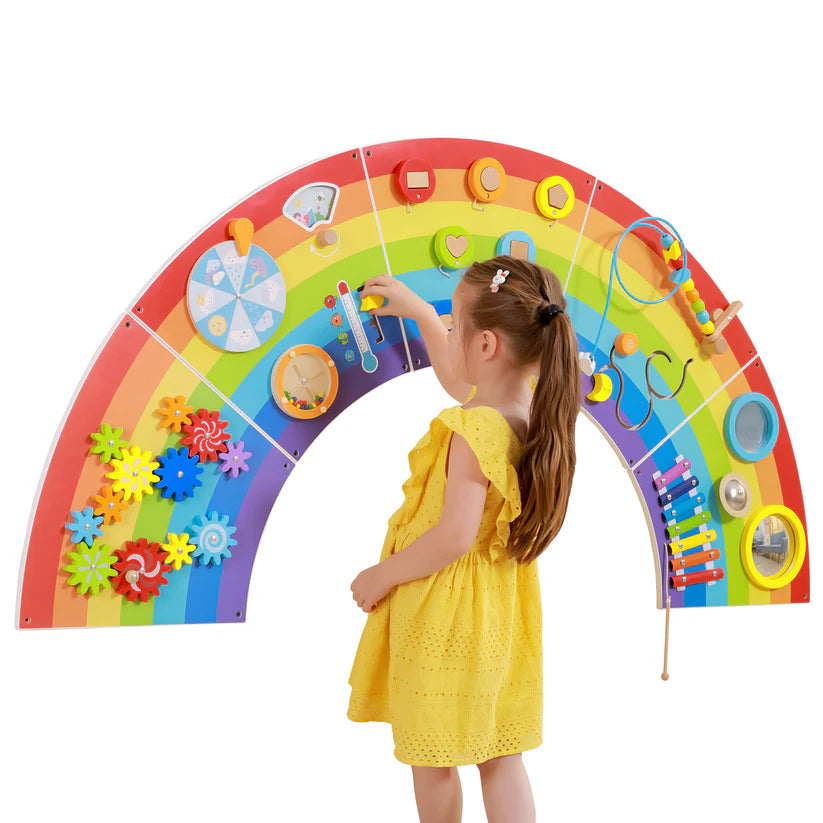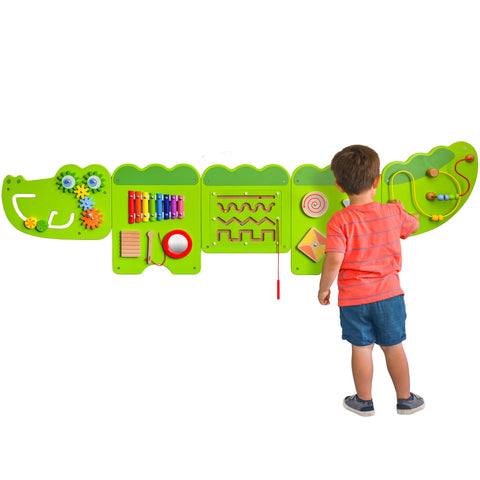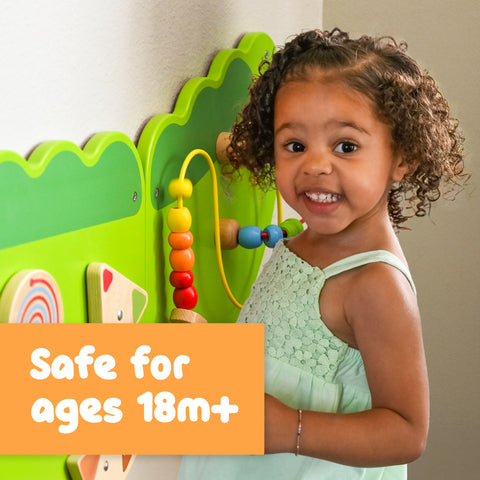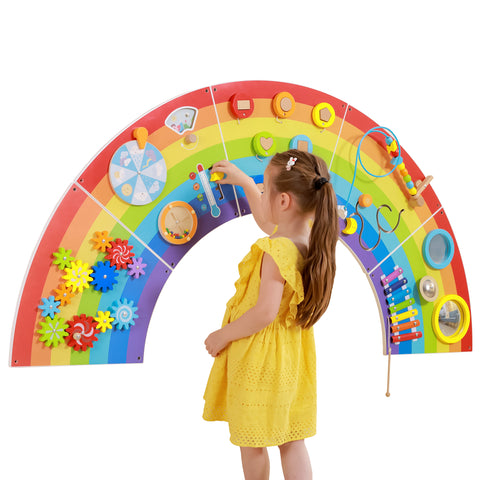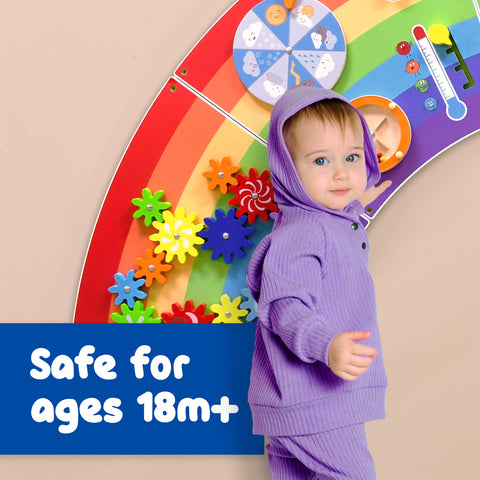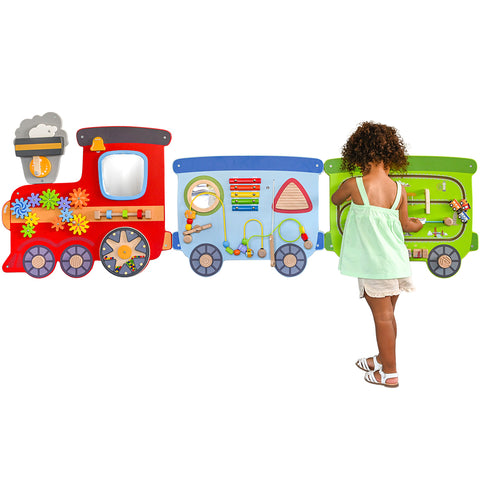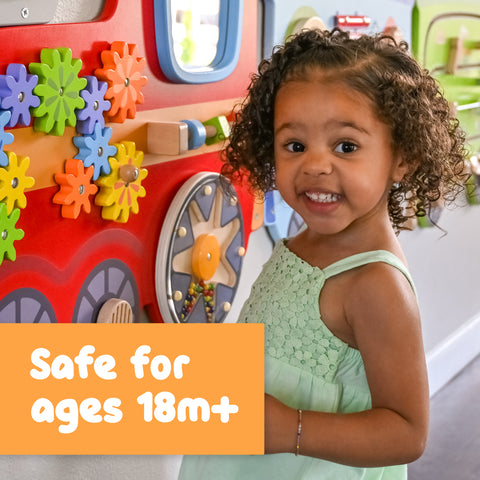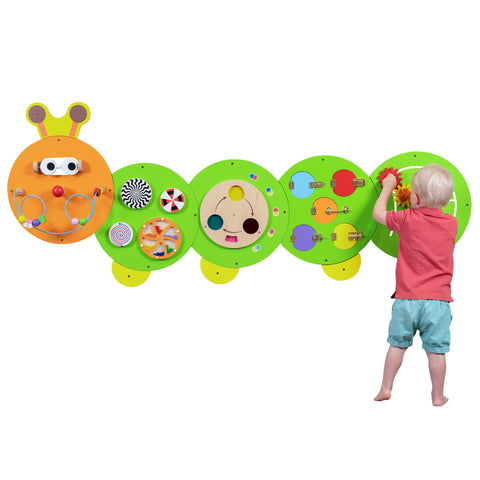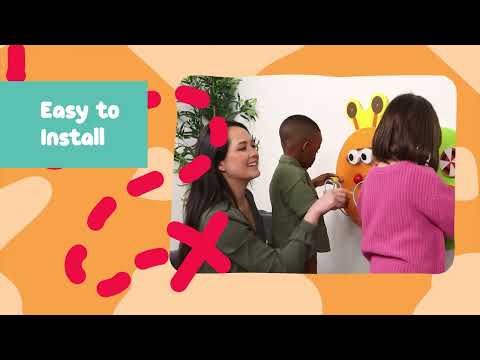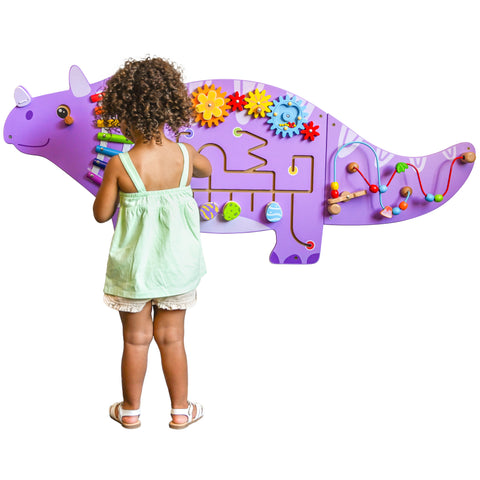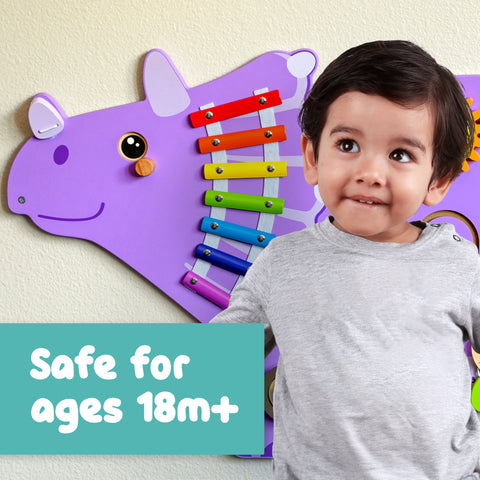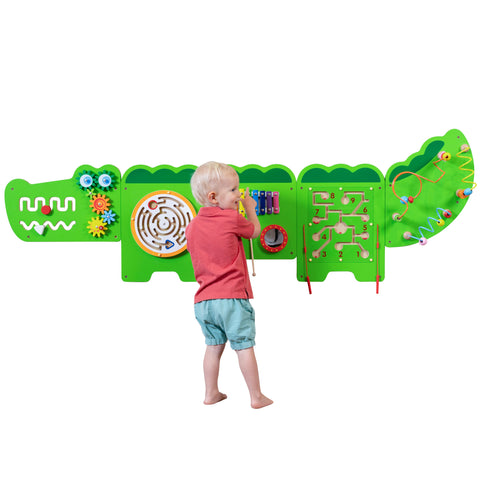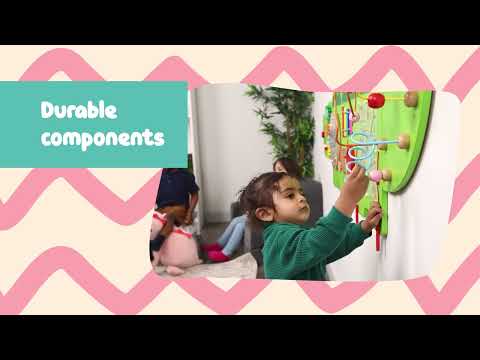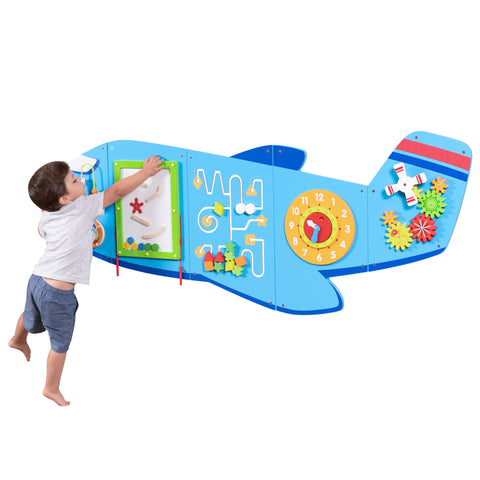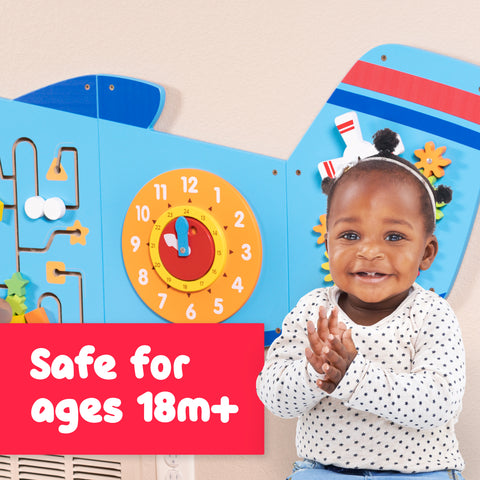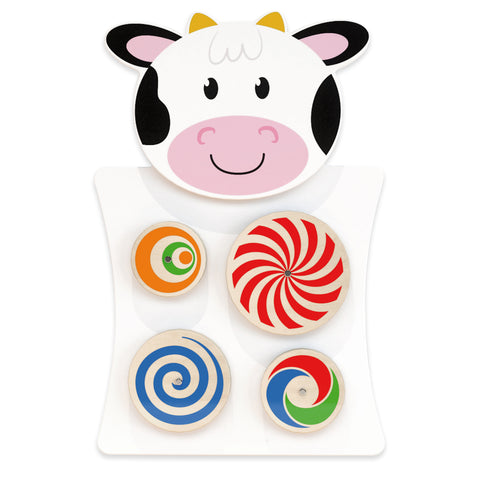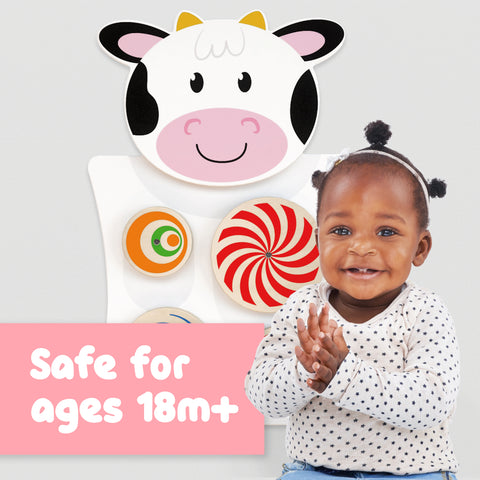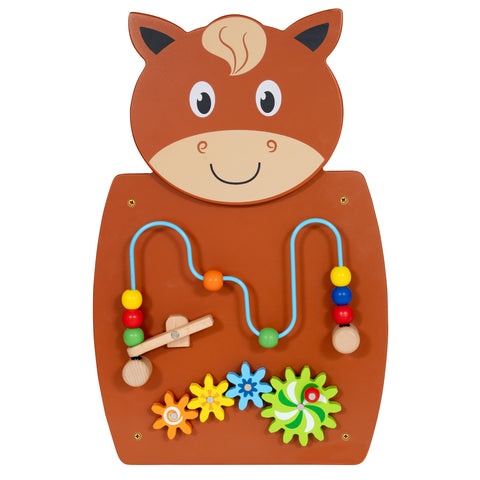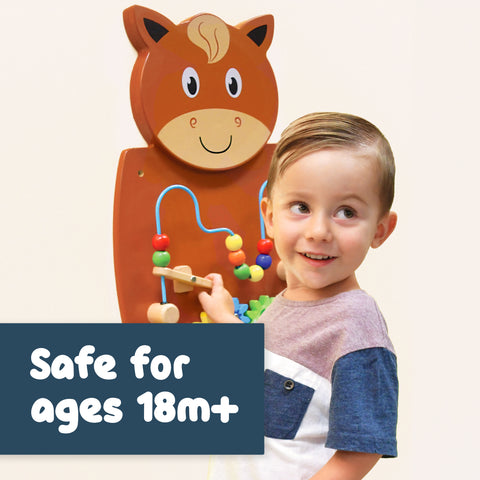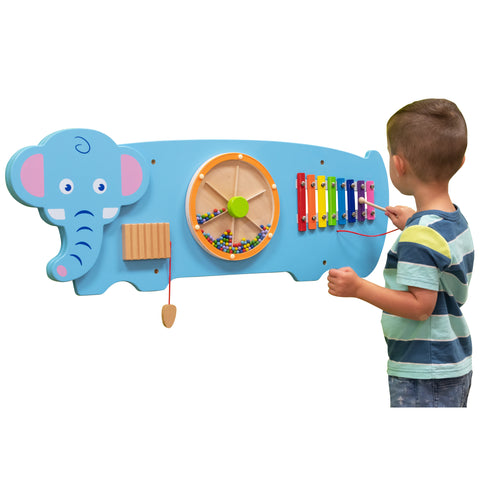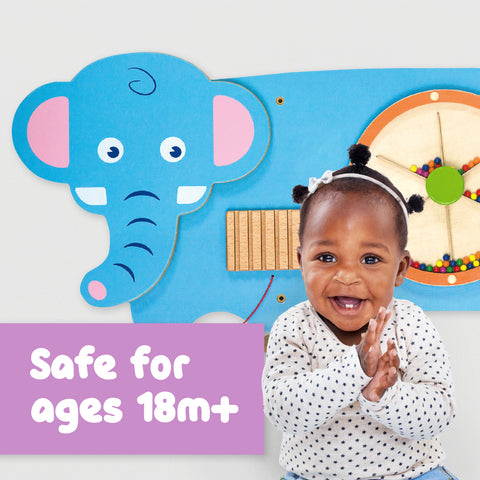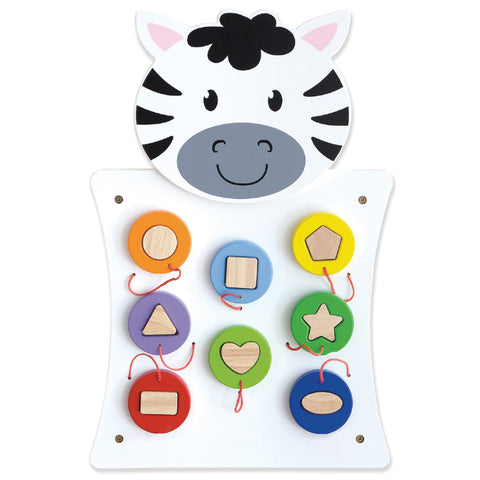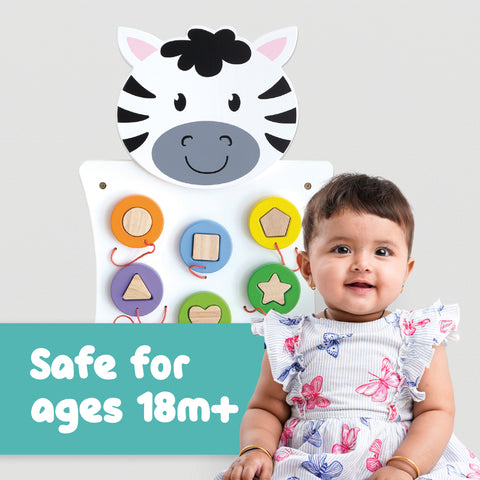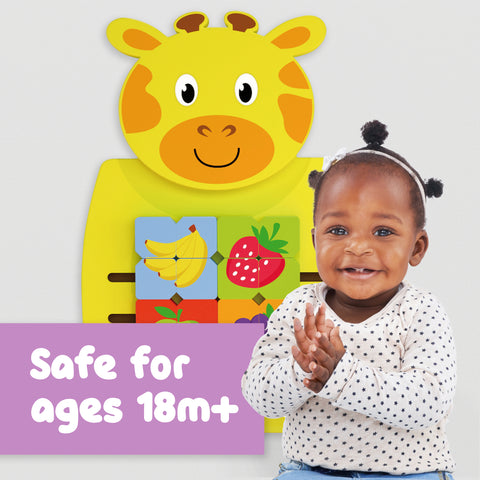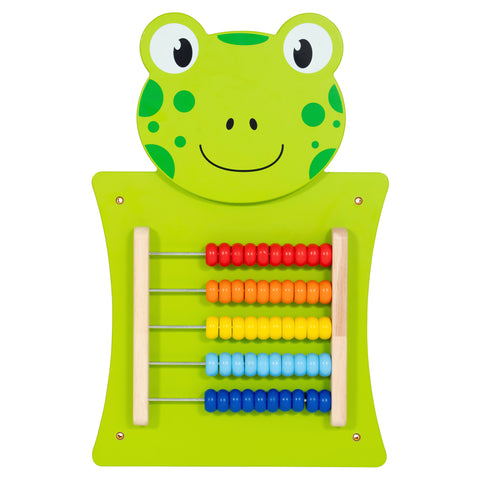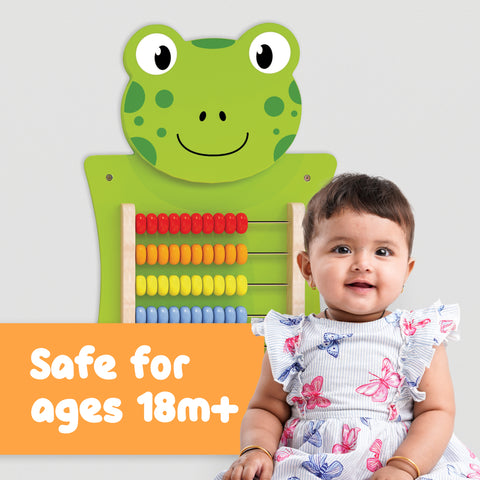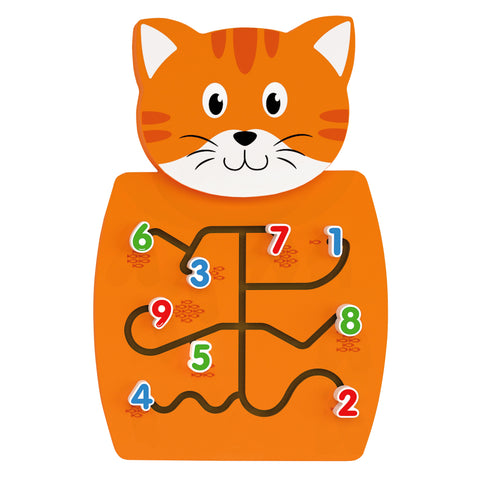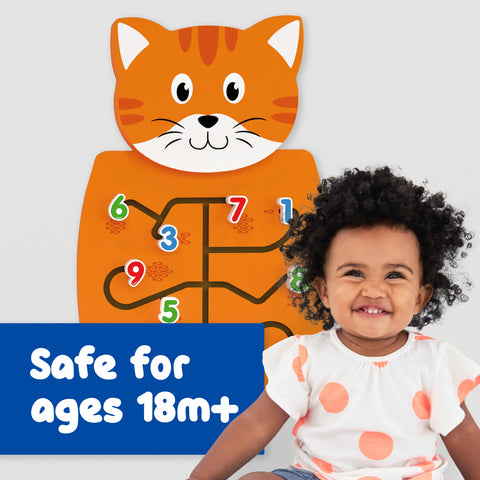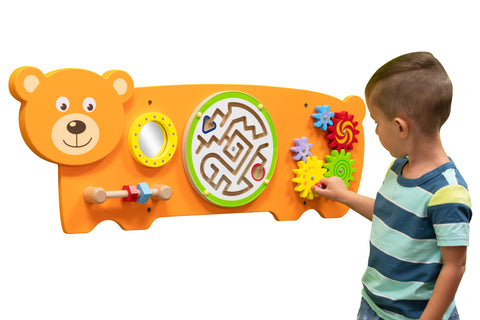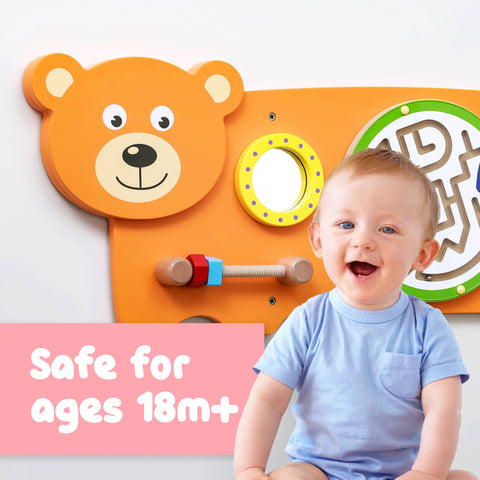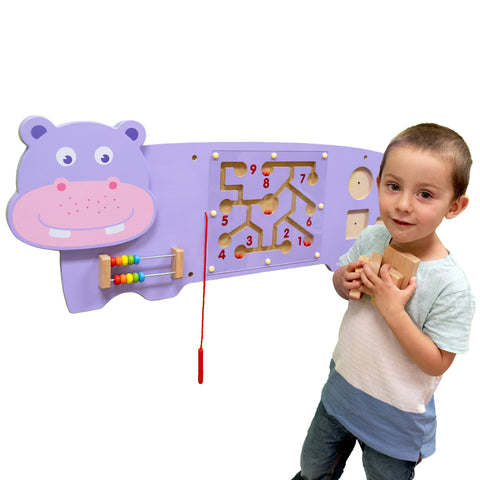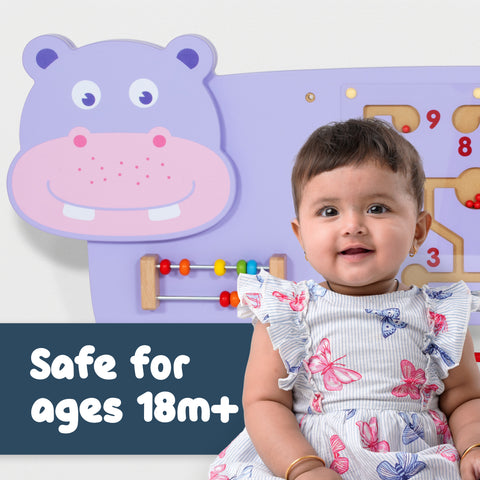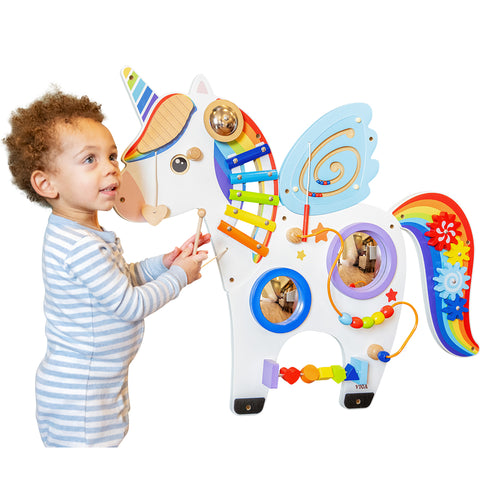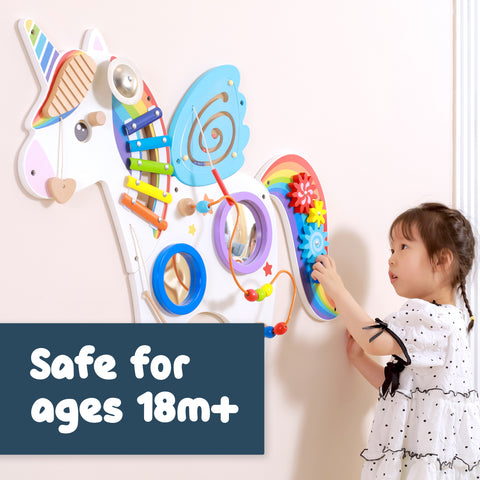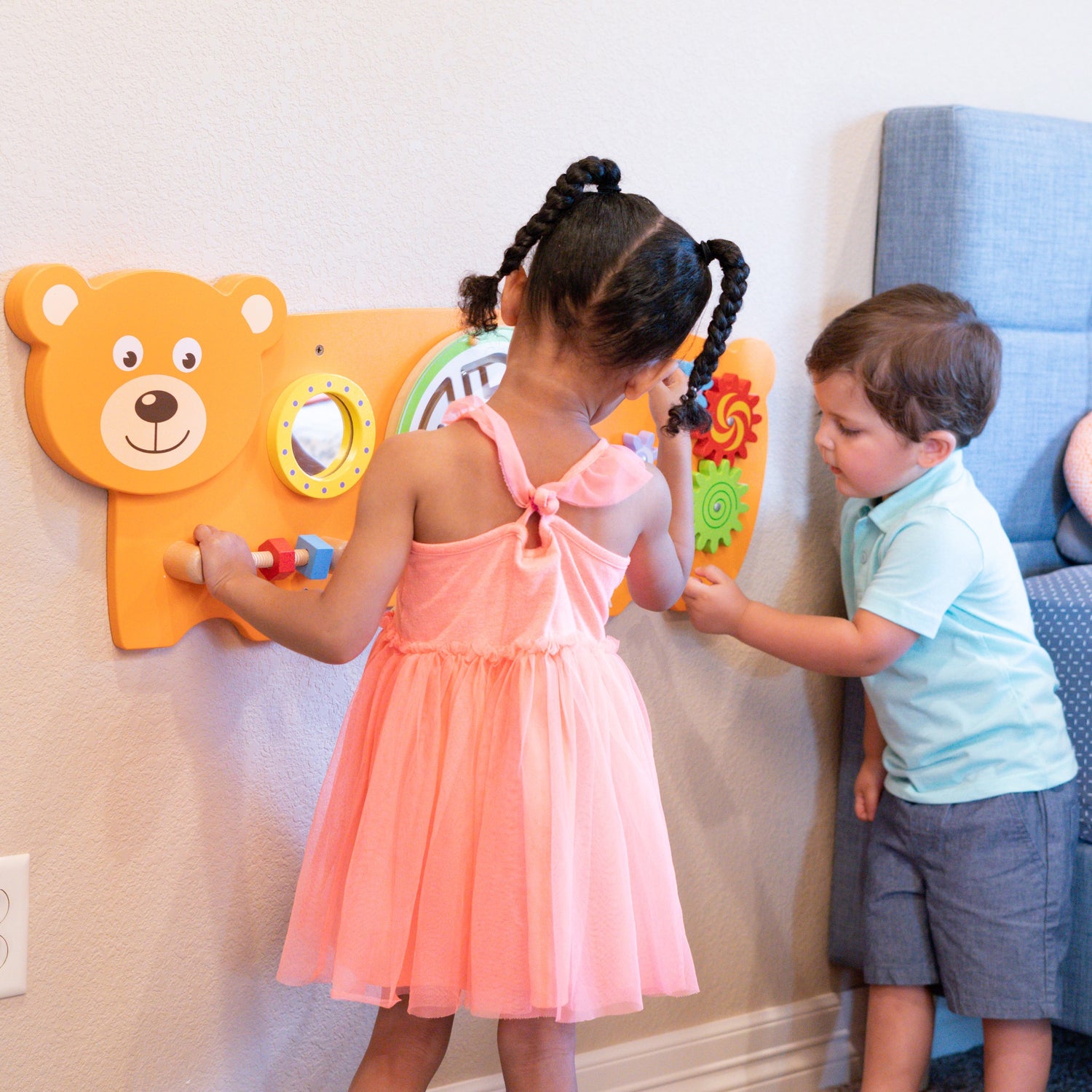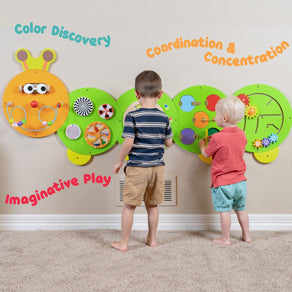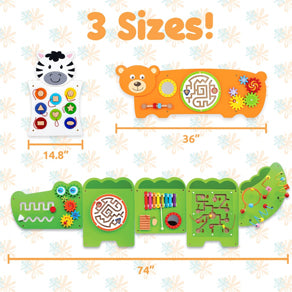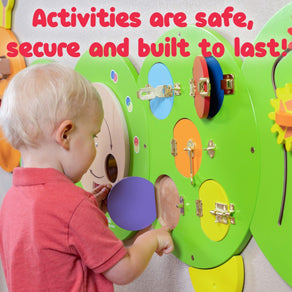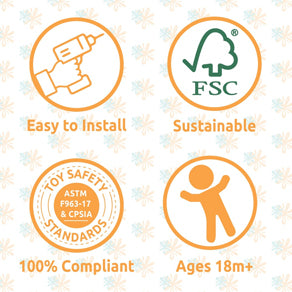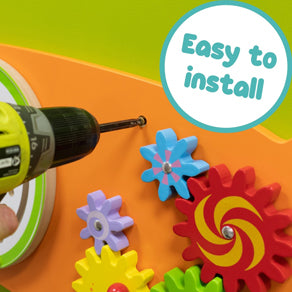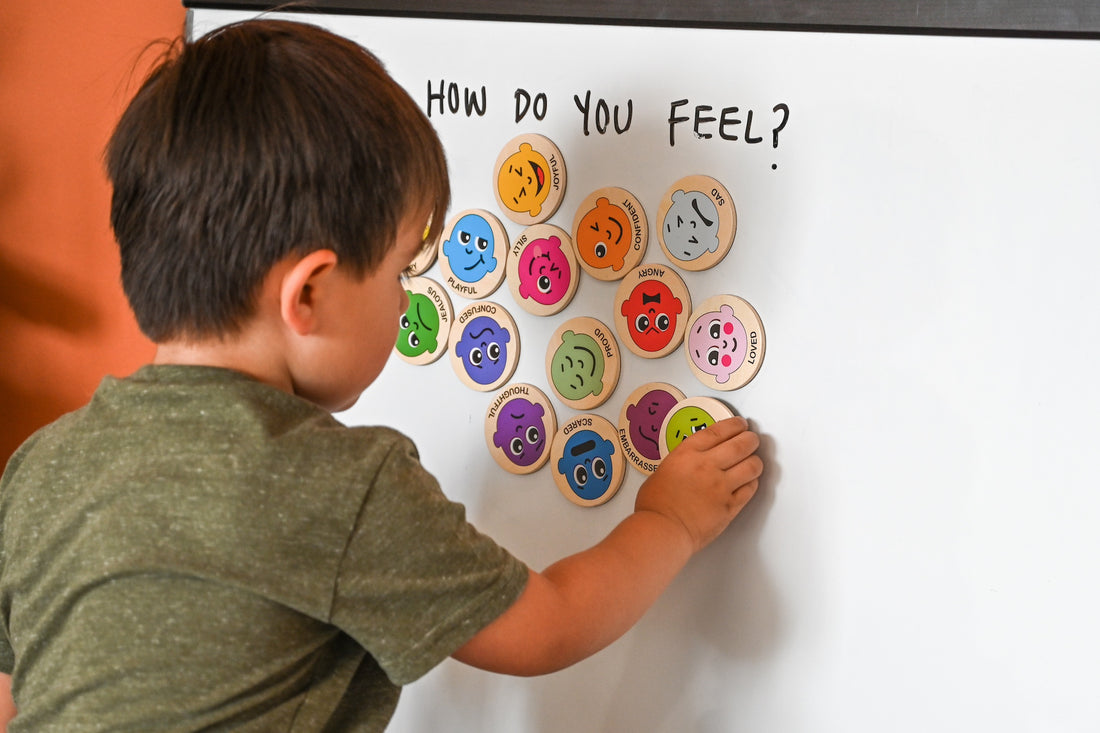
Create a space to for little minds to take control of big emotions! Whether in a childcare center or learning environment, calming corners offer a safe place for children to reset, self-regulate and manage stress. Break out the sensory toys in your designated corner to provide little ones with a soothing, hands-on outlet.
In this blog, you’ll learn tips to set up a calming corner that support children and their environment. Let’s explore how you can make this soothing space a reality.
Pick a Cozy Space
This corner will be a dedicated space where children can go when they feel anxious, stressed or overwhelmed. Choose a quiet area of your classroom or care center that is easily accessible. Decorate it with soft pillows, cushions, blankets, favorite stuffed animals and more. You can even set up a divider to create a more private space. It doesn’t need to be elaborate—just inviting and comfortable.
Select Meaningful Resources and Tools
Let’s take a moment to talk about sensory toys and why they work so well. Many young children experience sensory overload. This can be caused by loud noises, bright lights, changes in routine, and more. As a result, they can become restless, anxious or agitated.
Sensory toys provide tactile, visual, or auditory stimulation to engage one or more senses. They give children a chance to focus on something simple and repetitive. This helps them calm their bodies and regulate their emotions. Here are 10 tools to help get you started!
1. Emotions Wall
Visuals for emotional regulation are a great addition to any calming corner. Hang posters that help children identify and manage their emotions. You can help guide children through this process or allow them to do it on their own! Provide time for them to reflect on how they feel and self-regulate.
2. Therapy Putty
Therapy putty is soft, stretchy, and satisfying to squeeze, pull and twist. The best part? It’s incredibly durable and doesn’t dry out. You can even store the putty in small, sealable containers between each use to keep it clean. Help children release tension and stress through their hands. It’s a great option for those who are feeling anxious or overstimulated.
3. Threading Board
Threading boards offer a soothing, repetitive task. Poke and pull strings through various holes to create colorful sequences, designs and patterns. This sensory activity promotes concentration and builds fine motor skills.
4. Sensory Balls
Designed in different shapes, sizes and textures, sensory balls are intriguing, calming toys for kids. Some are smooth and squishy, while others are covered in little bumps or spikes. The variety of textures helps engage children’s tactile sense. And they can squeeze or roll the ball to quietly self-soothe.
5. DIY Sensory Bottles
For those of you who love a good DIY project, sensory bottles are a fantastic, budget-friendly tool that you can easily make yourself. Fill a clear plastic bottle with water, glitter, beads or small objects! Shake the bottle to watch the pieces move and trickle. These captivating bottles give children something to focus on visually.
Make sensory bottles as a group activity. Each child can pick the colors and objects that go into their bottle. They’ll be more likely to develop a personal connection to their calming tool.
6. Tactile Fidget Mats
Tactile fidget mats are great for kids who need to keep their hands busy. These mats come in plenty of different textures like smooth, rough and bumpy. As children touch the textures, they receive sensory input that helps them relax.
Keep a few of these mats in your calming corner. When children feel overwhelmed, they can go there, grab a mat and calm themselves down.
7. Magnetic Maze
Magnetic mazes promote fine motor skills, concentration and calm. Guide the magnetic pieces through the maze to encourage focused, continuous motions. And naturally help children release anxious energy!
Use these magnetic mazes for children who struggle during transitions between activities. They can quietly fiddle with the magnetic wand instead of bouncing off the walls waiting for their next activity.
8. Visual Soothing Projectors
In a noisy or overstimulating environment, a projector can be a game-changer. These projectors cast soft lights and calming patterns onto the walls or ceiling. Provide a peaceful atmosphere to help children wind down.
Use these projectors during nap time. Kids who struggle to settle down are drawn to the slow-moving lights and patterns. It creates a little oasis of calm in the middle of the day.
9. DIY Sensory Bins
DIY sensory bins are a perfect addition to any calming corner. Fill up a bucket with rice, sand, beads and other loose parts. Children can even customize their own bins! Encourage independent play. And offer a soothing, hands-on activity for kids to refocus and calm down on their own.
These bins are inexpensive and easy to make. Kids will love to play with the textures—there’s something so mesmerizing about them.
10. Breathing Ball
Breathing balls are an excellent visual guide for deep breathing techniques. Children can expand and contract the ball as they inhale and exhale. This can help them learn how to slow down their breathing when they are feeling overwhelmed. They’re an ideal activity to incorporate during quiet time.
Start small and add more resources as children become more comfortable using the corner!
Model Calm Use
Demonstrate how to engage with the toys thoughtfully and encourage your youngsters to do the same! Give them plenty of time to practice with your assistance before they use them independently. Explain that these tools are meant to help them feel better. And ensure that your kids feel safe and supported throughout this process.
Set Clear Expectations
Explain how to use your calming corner to all your kiddos. And generate a positive feeling about the space. It’s not meant to be used as a timeout corner or for punishment. Rather, children can use it independently to reset whenever they feel overstimulated.
Communicate your expectations for tidiness. Determine how many children can use the corner at one time. And watch to make sure they’re using the space for its intended purpose.
After you implement your calming corner, take note of how your kiddos interact with it. Adjust your expectations over time. You can always add or take away elements of the corner depending on what you observe. And set time limits if needed!
Collaborate with Parents
Share the benefits of calming corners and sensory toys with the parents! Encourage them to use sensory toys at home, especially if their child struggles with anxiety, overstimulation or transitions. It helps parents to know that they can support their child’s emotional regulation with the same tools.
Soothing Takeaways
Calming corners offer kids a relaxing space to self-regulate when they feel stressed, anxious or overstimulated. As you design your corner, include a variety of soothing sensory toys. They’re simple, effective and can be used to help children manage their emotions. Watch how they help transform big emotions into big self-discoveries!


